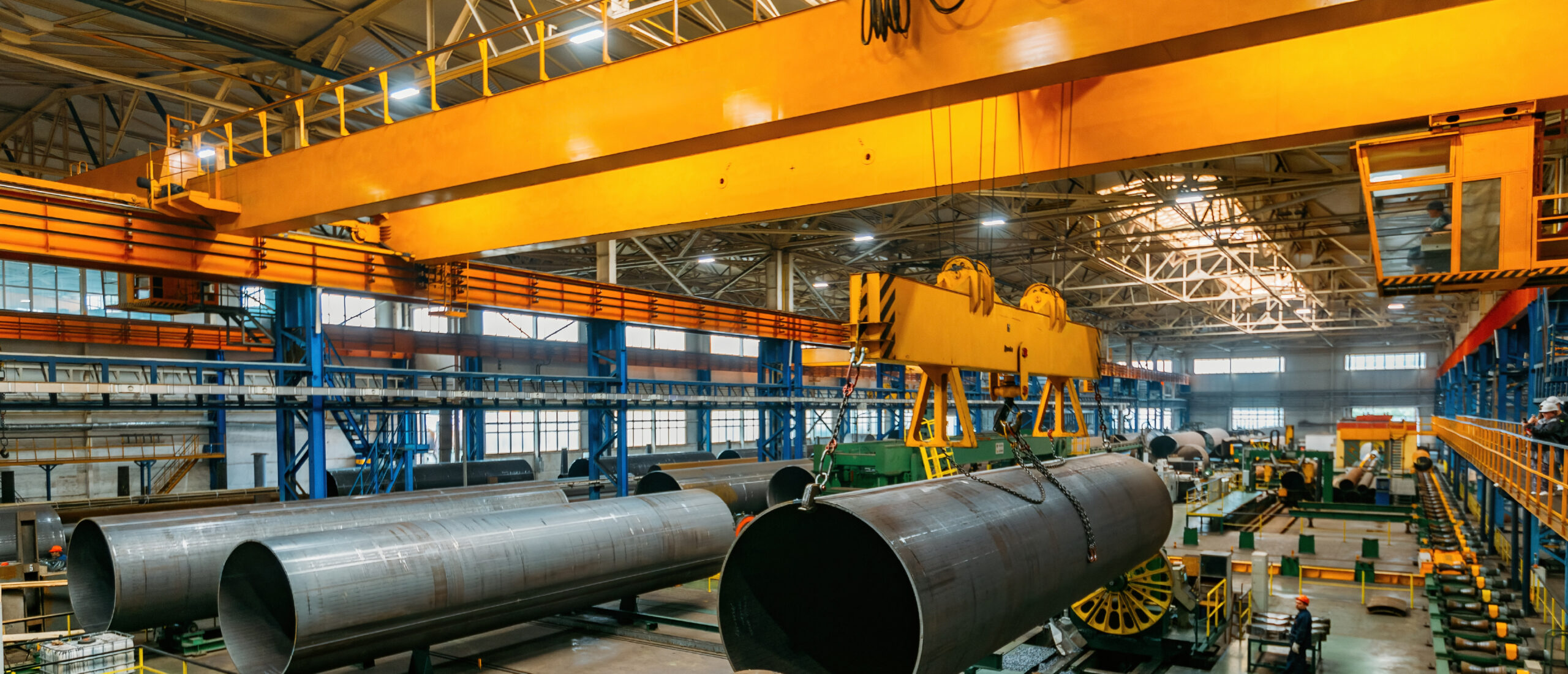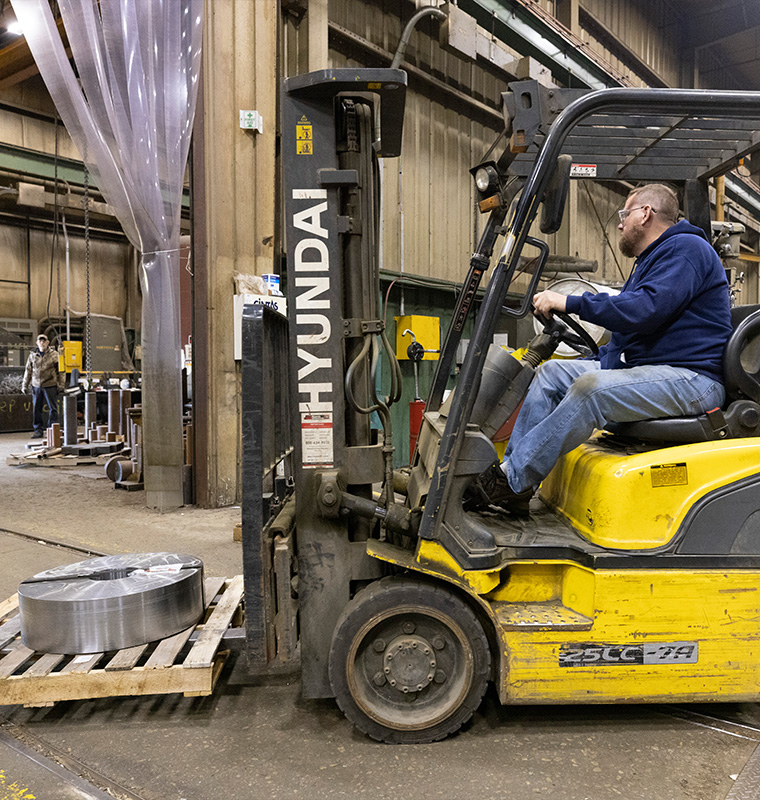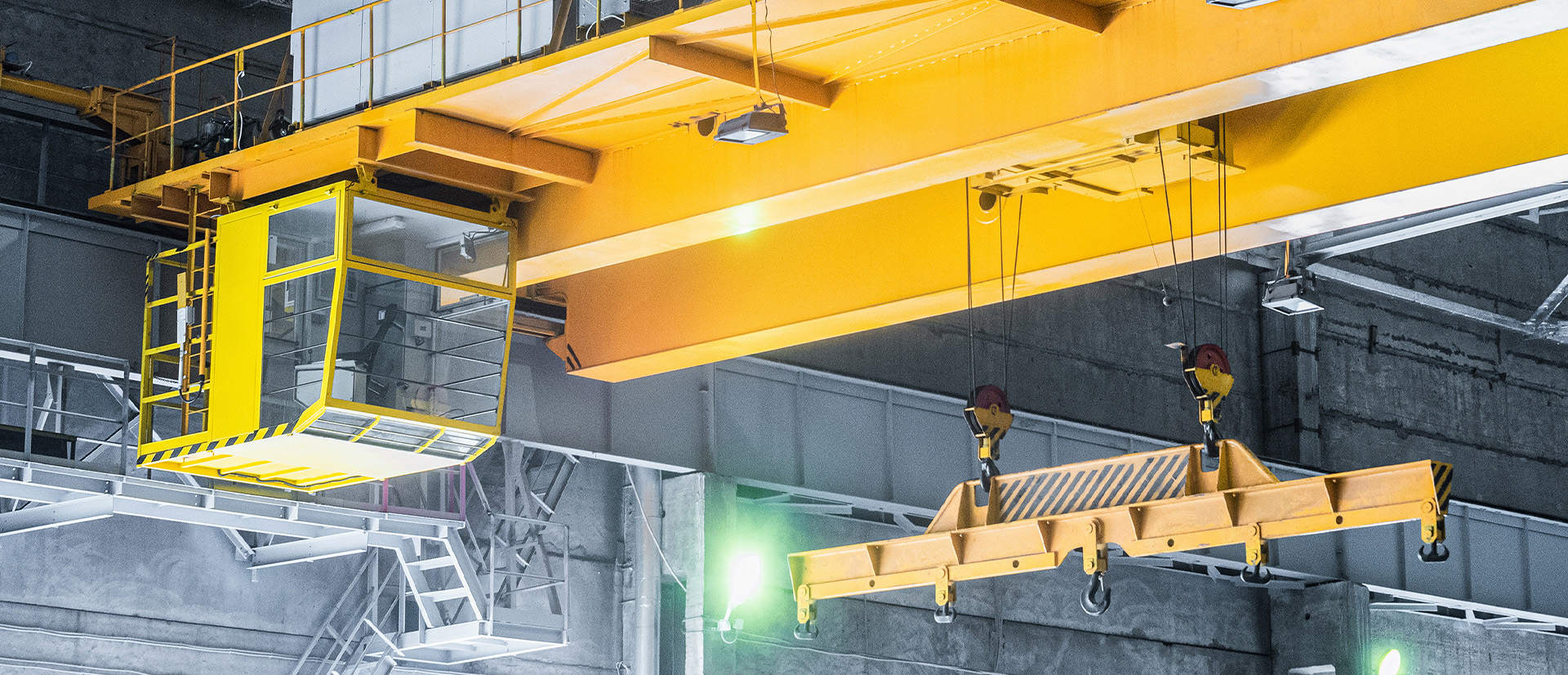Five Signs Your Overhead Crane Needs an Inspection
In the realm of industrial operations, overhead cranes play a pivotal role in maintaining the flow of materials and products. These mechanical giants are the backbone of numerous sectors, including manufacturing, construction, and logistics, where they lift, transport, and position heavy loads with precision. Given their critical function, the reliability and safety of overhead cranes cannot be overstated. However, like all machinery, cranes are subject to wear and tear, environmental conditions, and operational stresses that can compromise their integrity over time.
Essential Overhead Crane Inspection: 5 Critical Warning Signs
Understanding the signs that indicate a need for inspection is crucial for preventing downtime, ensuring operational efficiency, and most importantly, safeguarding the well-being of personnel. Regular inspections not only comply with safety regulations but also extend the lifespan of the crane, ensuring it continues to operate smoothly and efficiently. Here are five key indicators that signal your overhead crane may require a professional inspection, aiming to equip you with the knowledge to maintain your crane in peak condition.
1. Visible Signs of Wear or Damage
Wear and damage on an overhead crane can compromise its structural integrity and safety. Regular use, environmental factors, and accidental overloading contribute to this wear, necessitating close monitoring.
- Examples: Cracks or deformations in structural components, such as the bridge or trolley, visible wear on wires or cables, and damage to the hook or safety latches.
- Action Steps: Schedule an inspection if any signs of damage or excessive wear are observed. Damaged components should be evaluated by a professional to determine if repair or replacement is necessary.
2. Loose or Improperly Seated Parts
Components that have become loose or are not seated correctly can lead to operational failures, posing a risk to safety and productivity.
- Examples: Bolts or fasteners that are not securely tightened, wire ropes not properly seated in drum grooves, and misaligned wheels or bearings.
- Action Steps: Conduct regular checks to ensure all parts are securely fastened and correctly seated. Any discrepancies should be addressed immediately to prevent further issues.
3. Corrosion on Metal Parts
Corrosion can significantly weaken the structural components of an overhead crane, leading to potential failures. It’s essential to identify and address corrosion early to maintain the crane’s integrity.
- Examples: Rust or corrosion on load-bearing parts, including the bridge, hoist, or trolley components, and on any exposed metal surfaces.
- Action Steps: Inspect for signs of corrosion during routine maintenance checks. If corrosion is found, assess the extent of the damage and replace or repair the affected parts as needed.
4. Wear on Pads
Crane pads play a critical role in distributing the load and protecting the crane structure. Wear or damage to these components can affect the crane’s performance and safety.
- Examples: Visible signs of wear, such as cracking, splitting, or compression beyond acceptable limits, on outrigger pads, crane pads, or slider pads.
- Action Steps: Regularly inspect pads for any signs of deterioration. Replace worn or damaged pads to ensure the crane continues to operate safely and effectively.
5. Inconsistencies in Load Capacities
Using a crane to lift loads beyond its rated capacity can lead to mechanical failure. It’s vital to ensure that the crane’s load capacities are consistent with the loads being handled.
- Examples: Signs that the crane has been overloaded, such as bending or deformation of load-bearing components, or inconsistent load capacity ratings between the crane and its components.
- Action Steps: Verify the load capacities of the crane and all its components. Ensure that all loads are within these limits to avoid overloading the crane.
Safeguarding Your Operations
Regular inspections and maintenance are key to ensuring the safety and longevity of overhead cranes. If you notice any of the signs mentioned above, it’s crucial to schedule a comprehensive inspection with a qualified professional. Addressing these issues promptly can prevent accidents, extend the life of your crane, and ensure continuous, safe operation in your facility.
Elevate Your Crane Safety with Zenar
If any of the critical warning signs we’ve outlined resonate with your current crane operations, or if you’re due for your routine overhead crane inspection, it’s time to act with precision and confidence. Zenar stands ready to partner with you in ensuring your overhead crane operates at its best, blending safety with efficiency. With our expert team of certified inspectors and maintenance professionals, we’re committed to elevating the standard of safety and performance in your operations. Reach out to Zenar today, and let us help you maintain the highest level of operational excellence and safety. Together, we can ensure that your overhead cranes are not just compliant, but are setting industry benchmarks for reliability and safety.
Read
More
Articles

Troubleshooting Techniques for Overhead Crane Electrical Problems
Nestled within the bustling heart of the industrial sphere, overhead cranes stand as monumental testaments to human engineering and ingenuity. These mechanical behemoths are indispensable in a myriad of sectors, from construction to manufacturing, playing a pivotal role in the lifting and transportation of heavy materials. Yet their pivotal role comes with its set of challenges, especially when it comes to maintaining their electrical integrity.

Overhead Cranes vs. Forklifts
When it comes to material handling, efficiency, safety, and cost-effectiveness are always top concerns in any industrial environment. Two of the most common equipment types used in these settings are overhead cranes and forklifts.

Sustainability in Crane Manufacturing
The construction industry is a cornerstone of global development but is also one of the largest consumers of energy and producers of greenhouse gas emissions.